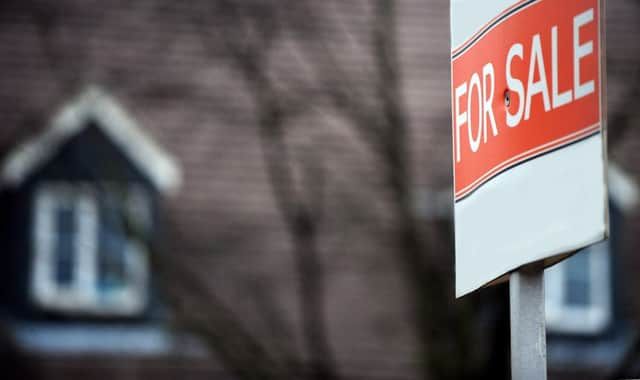Yorkshire tops monthly house price table but Harrogate flounders


Values rose 2.5 per cent, which was quadruple the UK average of 0.6 per cent. Annual growth between February 2016 and February 2017 in Yorkshire was 5.2 per cent, taking the average house price in the region to £154,591.
The Craven area of Yorkshire, which includes Skipton and Settle, saw the biggest year-on-year rise between with a 13.7 per cent increase. Hull, this year’s UK City of Culture, was the second best performer with a 10 per cent annual growth and Selby was third with a rise of 9.6 per cent.
Advertisement
Hide AdAdvertisement
Hide AdHambleton, which includes Thirsk and Easingwold, showed an annual fall of 2.1 per cent, which may come as a surprise as the area was named Britain’s fourth best place to live in the recent Halifax rural quality of life survey.
Richmondshire, which covers the northern section of the Yorkshire Dales, also suffered an annual decrease in property values. Prices in this rural area fell by 2.1 per cent, while over in Calderdale and its “capital” Halifax they fell by 0.6 per cent.
Another shock, given the area’s status as a property hotspot, was Harrogate, where prices rose by just 0.7 per cent over the 12-month period to February this year. This takes the average price in the spa town to £265,799.
Colin Bonham, of Myrings estate agents in Harrogate, said: “I am very surprised because we have seen no evidence of a slowdown in prices or activity over the past year. Brexit certainly had very little effect. In fact only one sale fell through and that was a buyer from London. It’s very hard to understand why the Land Registry house price figure is so low.”
Advertisement
Hide AdAdvertisement
Hide AdHouse price data for other local authority areas in Yorkshire over the 12 months between February 2016 and February 2017, shows gains for Barnsley 1.7 per cent; Bradford 3.3 per cent; Doncaster 4.1 per cent; East Riding 4.4 per cent; Kirklees 2.1 per cent; Leeds 5.4 per cent; North Yorkshire 4.3 per cent; Rotherham 5.7 per cent; Ryedale 4.5 per cent; Scarborough 7.3 per cent; Sheffield 3.2 per cent; Wakefield 3.4 per cent and York 4.9 per cent.